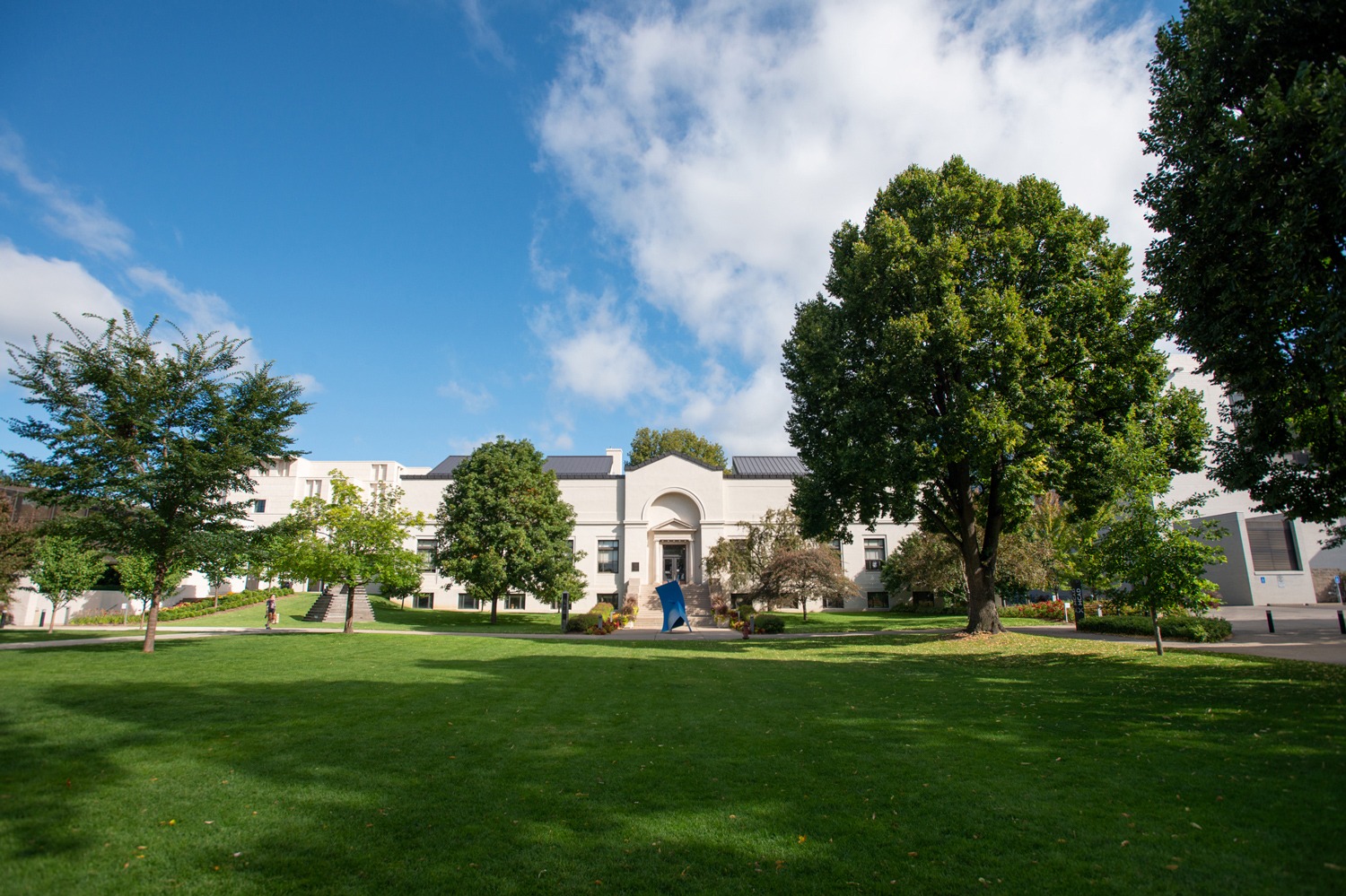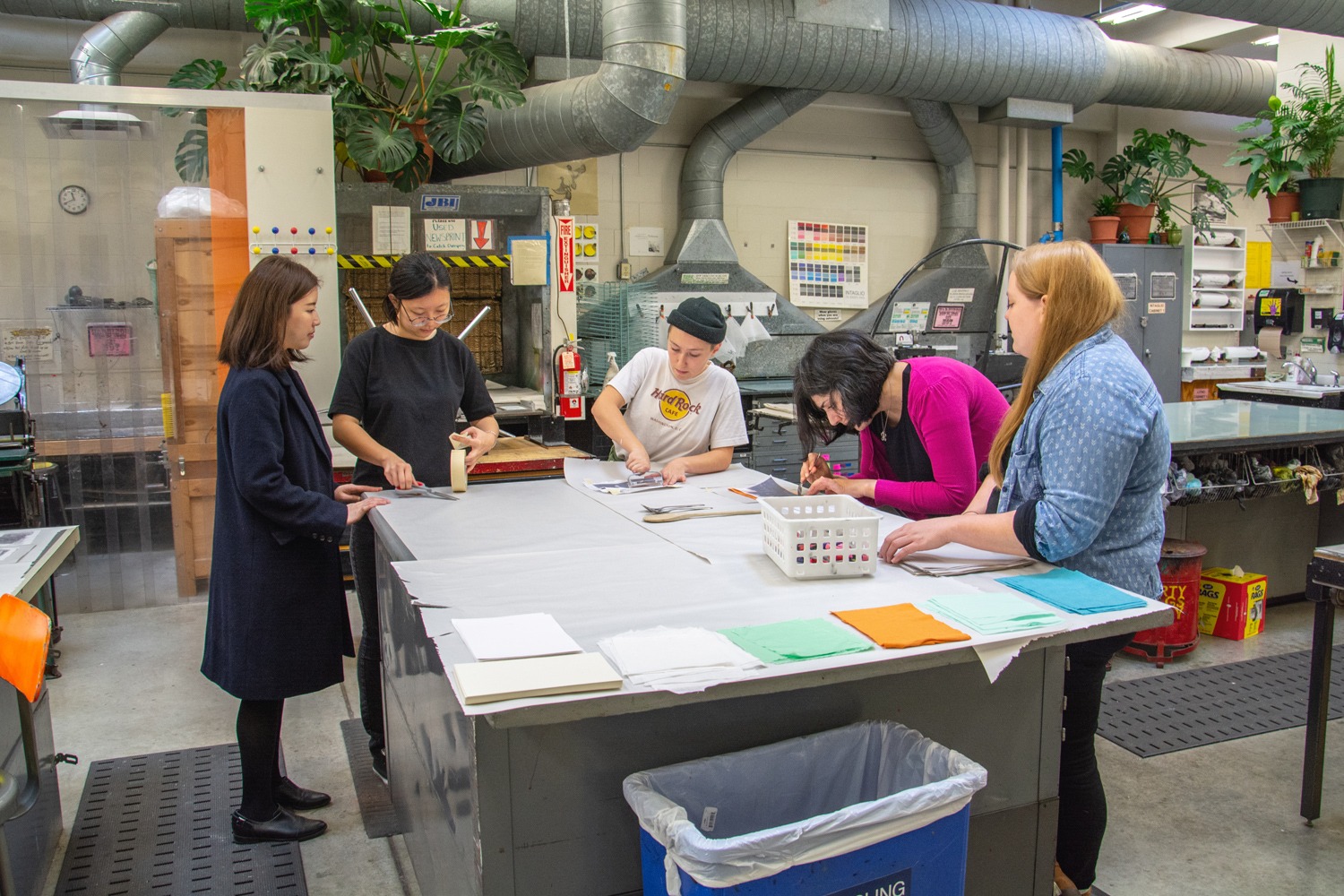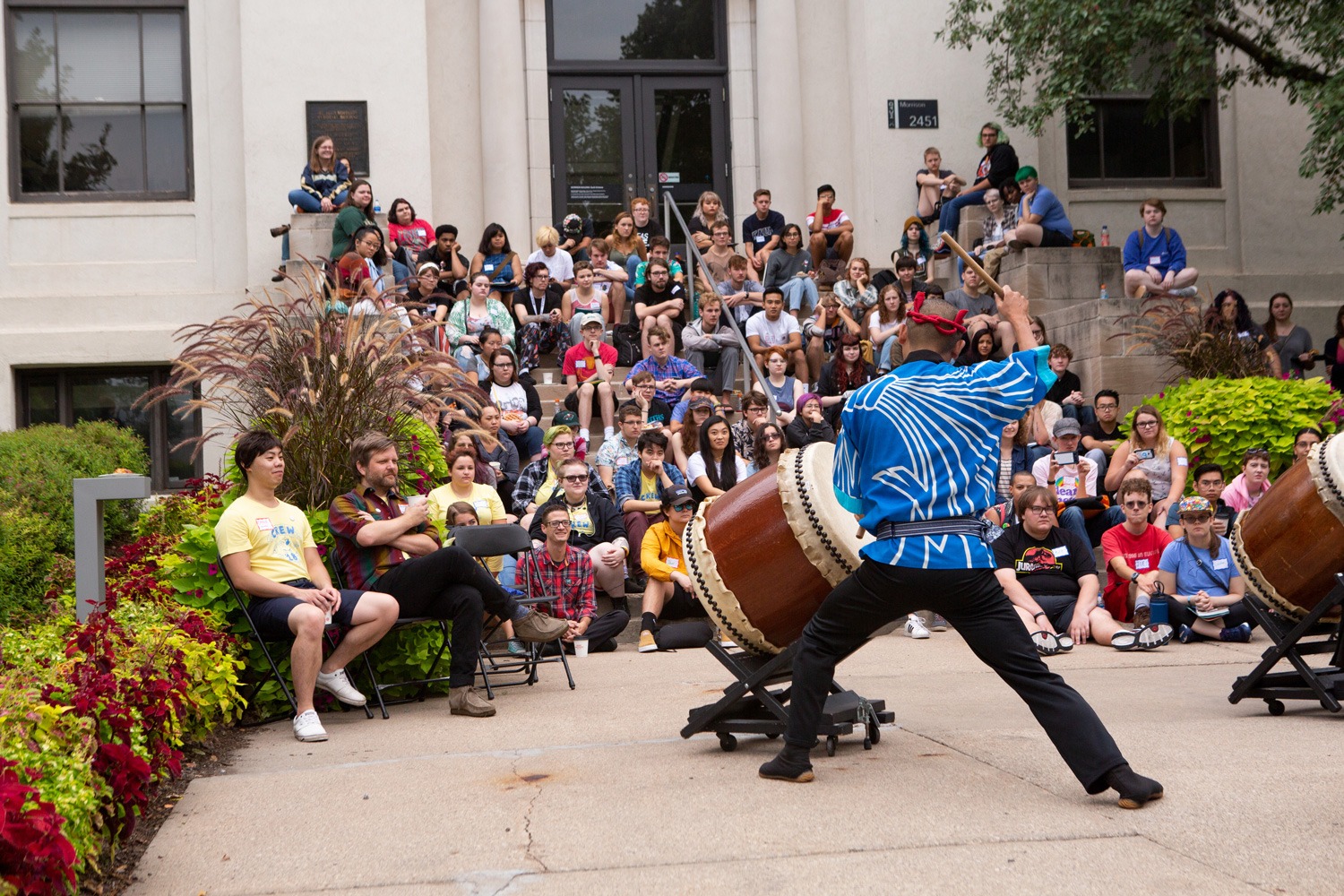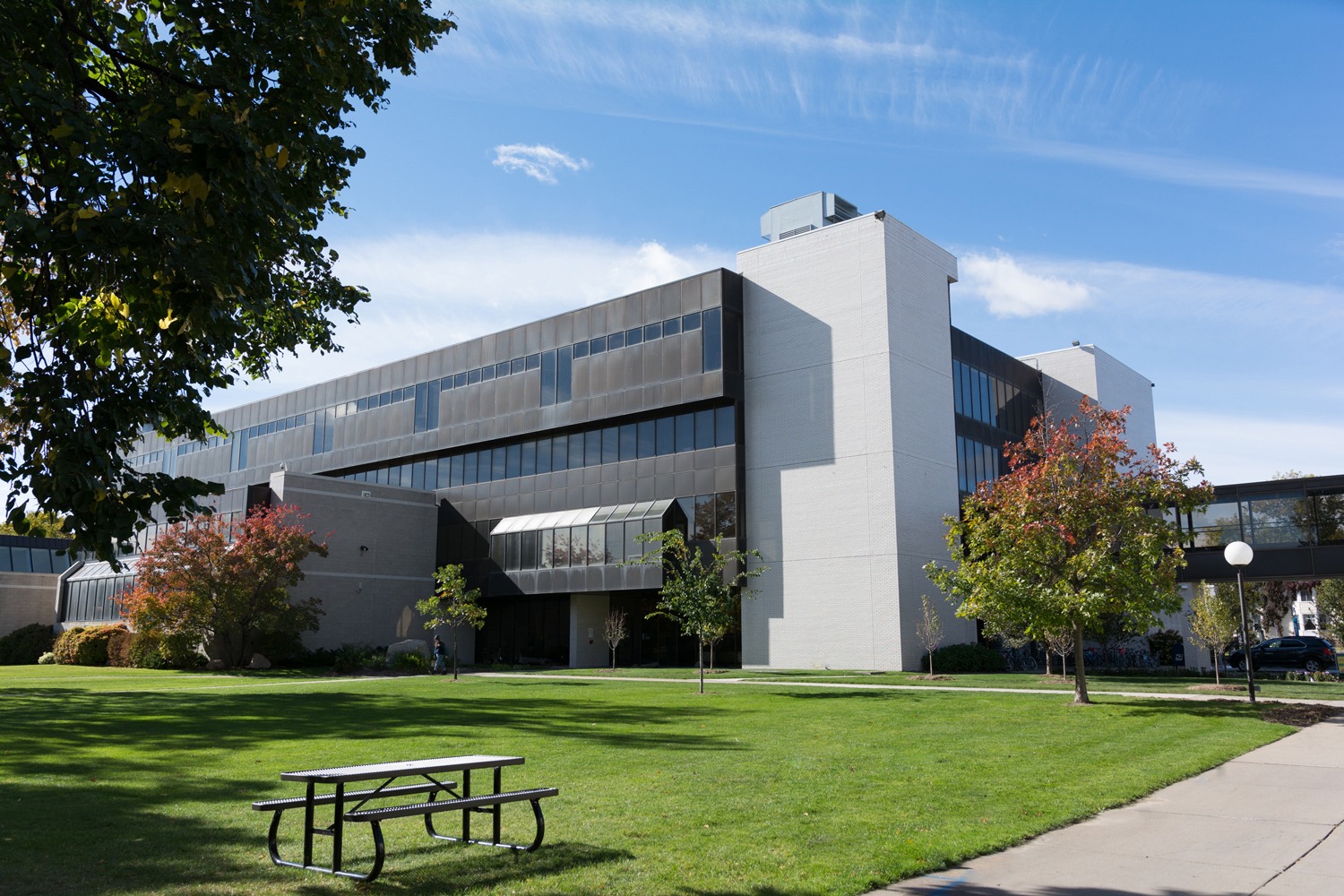About Minneapolis College of Art and Design
Offering a transformative education open to all backgrounds, MCAD gets you ready to confidently lead and practice in an ever-evolving world. It’s where students find their personal and professional purpose as creative, cultural leaders. MCAD is recognized nationally and internationally for its innovative approaches to art and design education. MCAD is located in the heart of the rich art and design community of the Twin Cities and is home to more than 800 students. World-class art and design education begins with world-class educators. Working artists and designers who are respected in their fields, MCAD’s faculty are renowned for their ingenuity, expertise, and commitment as instructors. Each year they inspire new generations of creative thinkers to make the successful transition from students to professional artists and designers. MCAD is a close, supportive, and transformative community that impacts graduates their entire lives.
Minneapolis College of Art and Design is a private, nonprofit institution in the city of Minneapolis, Minnesota. Minneapolis College of Art and Design was founded in 1886. The college enrolls around 776 students per year, including 676 undergraduates.
2022 Acceptance Rate for Minneapolis College of Art and Design
It is moderately difficult to get into Minneapolis College of Art and Design. Around 66% of applicants get into Minneapolis College of Art and Design each year. In 2022, 418 out of 638 total applicants were accepted.
| Minneapolis College of Art and Design Admissions Facts At-A-Glance | |
|---|---|
| Overall Acceptance Rate | 66% |
| Early Decision Acceptance Rate | ED not offered |
| Early Action Acceptance Rate | EA Offered but % not available |
| Average GPA | 3.3 |
| Test Optional | Yes |
| Applicants Submitting SAT scores | 1% |
Choose one of the options below to learn more about Minneapolis College of Art and Design:
Minneapolis College of Art and Design Community Forums
Save Minneapolis College of Art and Design To Your College List
Click the heart icon in the top left to save Minneapolis College of Art and Design to the list of schools you're interested in applying to.
Searching For Schools in Minnesota?
See a full list of colleges in Minnesota and save your favorites to your college list.
Go See Minneapolis College of Art and Design
Minneapolis College of Art and Design is located in the city of Minneapolis.
You can also take a virtual campus tour to get a sense of what Minneapolis College of Art and Design and Minneapolis are like without leaving home.
College Info
Minneapolis College of Art and Design Application Deadline
First-Year Applications are Due
Apr 1
Transfer Applications are Due
Apr 1
The deadline for Fall first-year applications to Minneapolis College of Art and Design is Apr 1.
The deadline for Fall transfer applications to Minneapolis College of Art and Design is Apr 1.
Check the school website for more information about deadlines for specific programs or special admissions programs
Minneapolis College of Art and Design ACT Scores
ACT Range
Not available
Stand out on your college application
- • Qualify for scholarships
- • Most students who retest improve their score
Minneapolis College of Art and Design SAT Scores
Composite SAT Range
Not available
Math SAT Range
Not available
Reading SAT Range
Not available
Minneapolis College of Art and Design Tuition & Fees
Tuition & Fees
$52,910
In State$52,910
Out-of-StateStudent Life
Wondering what life at Minneapolis College of Art and Design is like? There are approximately 100 students enrolled at Minneapolis College of Art and Design, including 676 undergraduate students and -576 graduate students. 99% percent of students attend school full-time, 61% percent are from MN and 39% percent of students are from other states.
99%
Full Time1%
Part Time61%
In State39%
Out-of-StateData Source: IPEDs and Peterson's Databases © 2022 Peterson's LLC All rights reserved
Quick Facts
Total Enrollment
100
Campus Setting
Urban
Acceptance Rate
66%
Tuition and Fees
In State
$42,560
Out-of-State
$42,560
Fall Freshmen
Application Deadline
Apr 1
Do You Work at a University?
Claim your page to customize your profile and connect with students!
Scholarship Tips
Want to find money for school that doesn’t need to be paid back? Access insights and advice on how to search and apply for scholarships!
Need Advice or Have a Question About Minneapolis College of Art and Design?
Connect with the world's largest college forum for candid, authentic discussion.




